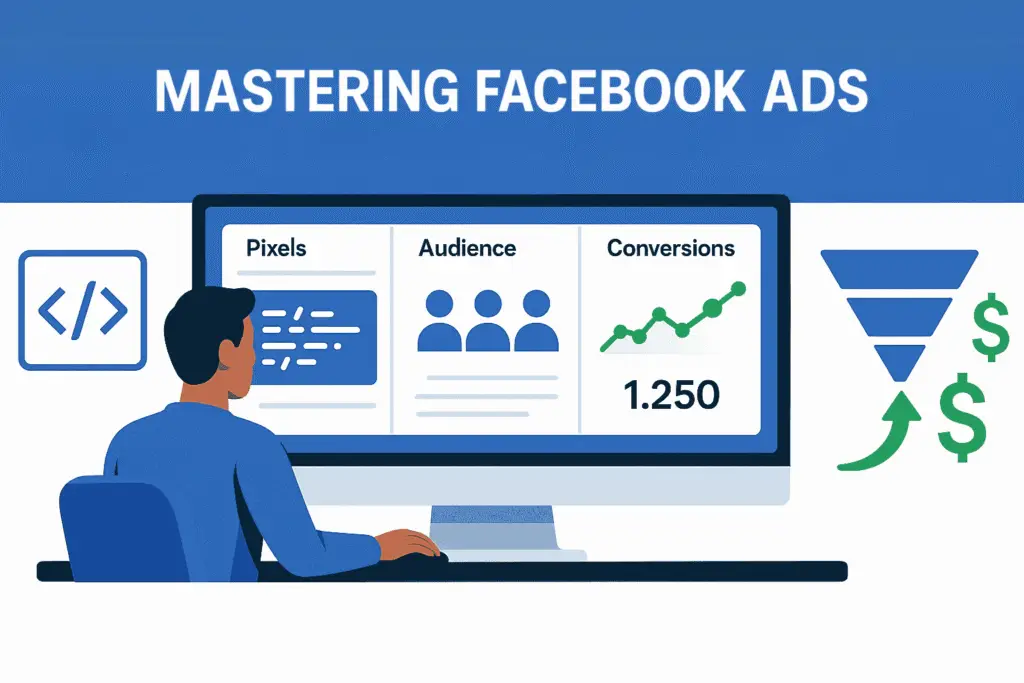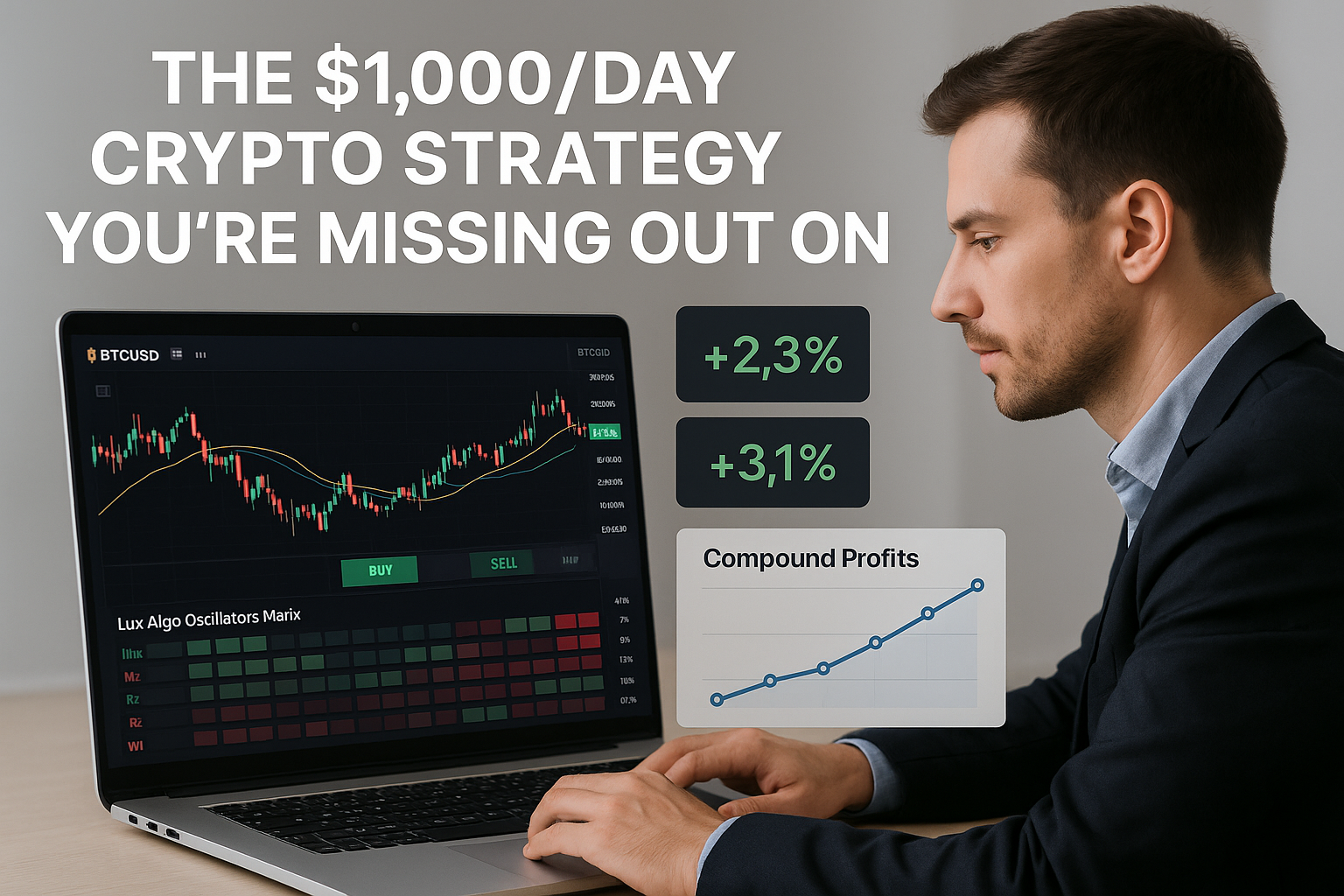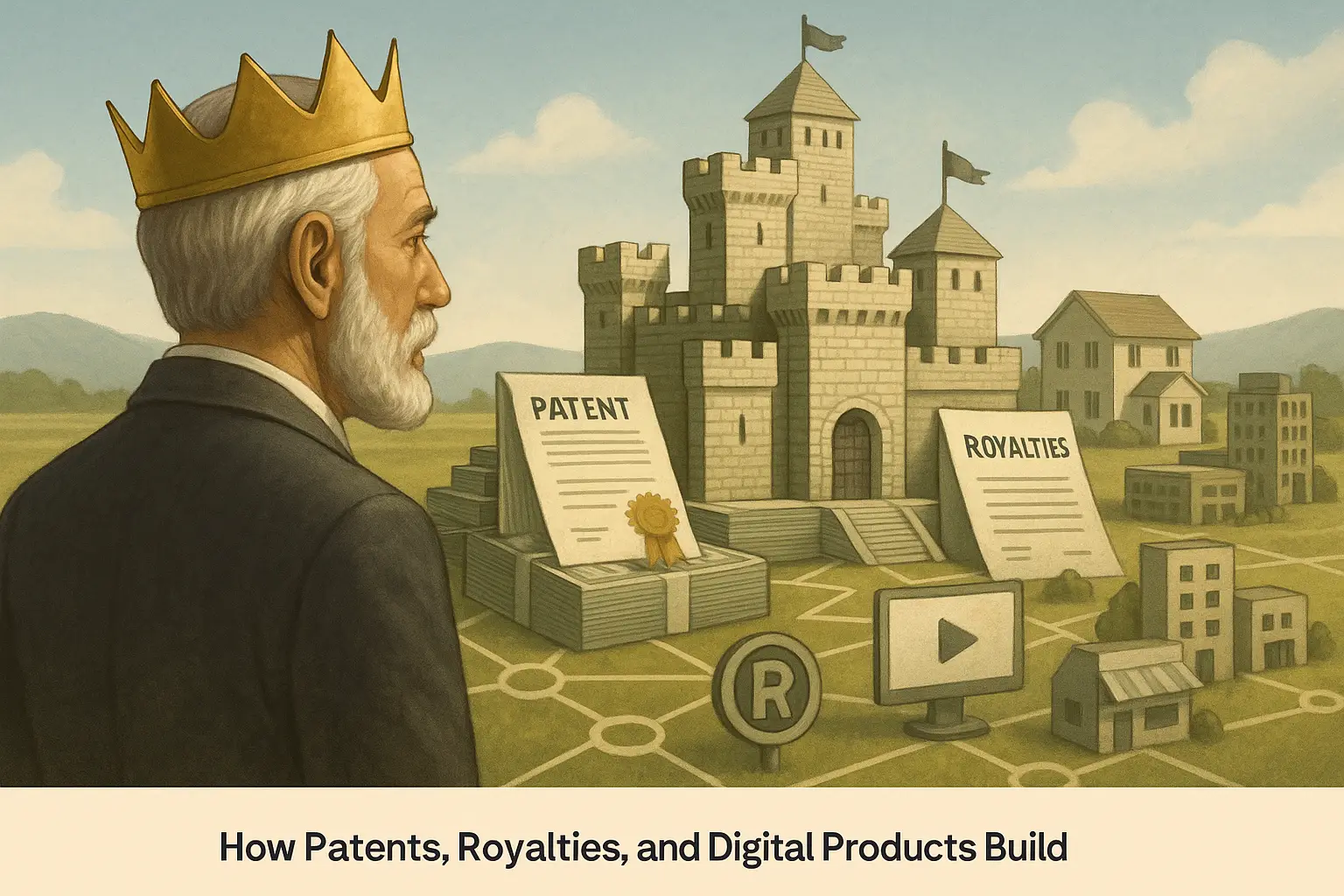Introduction
Struggling to get real results with Facebook Ads? You’re not alone. Many business owners boost posts, burn cash, and hope for the best. But here’s the truth: success with Facebook Ads doesn’t come from random clicks—it comes from strategy.
In this article, you’ll learn a complete beginner-to-expert framework that has driven over $1 million in ad spend. From installing your pixel to scaling with lookalike audiences, this guide simplifies every step using real-world campaign examples.
Whether you’re just starting or looking to fix leaky funnels, you’ll gain clarity, confidence, and a repeatable process. Let’s dive in.
TL;DR Key Takeaways:
Install your pixel correctly to track conversions.
Understand retargeting and create custom audiences.
Use the Dream 100 strategy to laser-target your ads.
Scale campaigns with lookalike audiences.
Installing the Facebook Pixel – Track Your Foundation
The pixel is your tracking tool—it tells Facebook what actions visitors take.
Step-by-Step:
Go to Events Manager > Pixels inside Facebook Ads Manager.
Choose “Manually Install Pixel Code”.
Copy the generated code.
Paste it into your website’s
<head>tag. (Example platforms: WordPress, ClickFunnels, Shopify.)Use Pixel Helper Chrome Extension to verify it’s working.
With this setup, Facebook knows when someone visits, registers, or buys on your site.
Tracking Events & Conversions – Know What Works
Installing a pixel isn’t enough. You need to track specific conversion events:
Examples:
Lead registration
Purchase or checkout
Webinar sign-up
How to Track Events:
Go to the “Thank You” page in your funnel.
Add the event tracking code from Facebook.
Test with Pixel Helper.
By doing this, you’ll know how much you’re paying per result—essential for ROI.
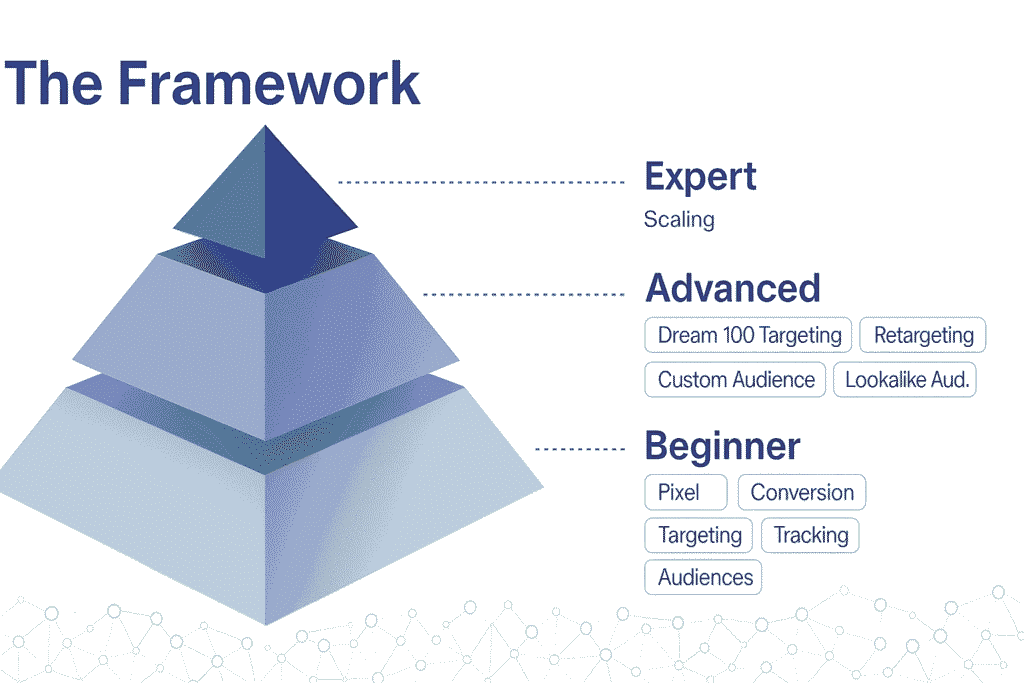
Building Custom & Lookalike Audiences – Warm Up Your Funnel
Your goal: turn cold traffic into warm prospects. Here’s how:
Custom Audiences – Reconnect With Your Warm Leads
Create audiences from:
Website traffic (visited but didn’t convert)
Video views (50%+ watched)
Customer lists (email uploads)
Example: Retarget people who registered but didn’t attend a webinar.
Lookalike Audiences – Scale With Precision
Use existing data to find new prospects:
Upload a list of buyers → Facebook finds similar users.
Start with buyers > leads > visitors for best results.
Pro Tip: Quality source data = better lookalikes.
Dream 100 Targeting Strategy – Speak to Specific Tribes
This method targets fans of specific thought leaders, tools, or communities.
Steps:
Identify Dream 100 influencers (e.g., Gary Vee, Grant Cardone).
Run ads like “Top 5 Lessons from [Influencer]” that tie into your offer.
Create specific campaigns for each influencer’s audience.
Why it works: Laser-focused messaging dramatically improves CTR and reduces ad costs.
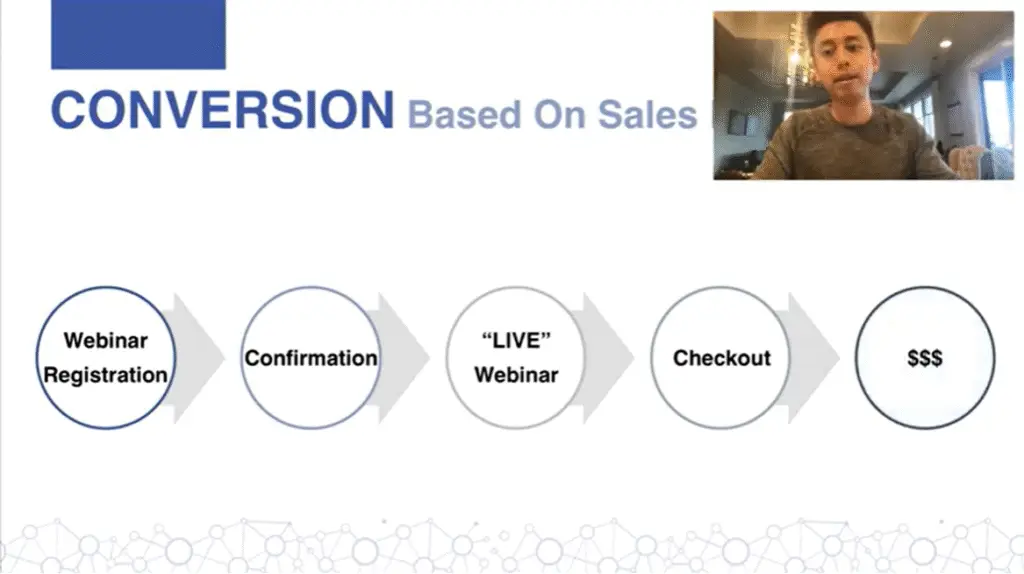
Retargeting for High ROI – Follow Up With Precision
Most people won’t convert on the first visit. Retargeting lets you fix that.
Steps:
Create custom audiences based on actions:
Visited but didn’t register
Registered but didn’t attend
Attended but didn’t buy
Craft ads for each stage:
Reminder ads
Scarcity/urgency offers
Testimonials
This segmentation boosts conversions at minimal cost.
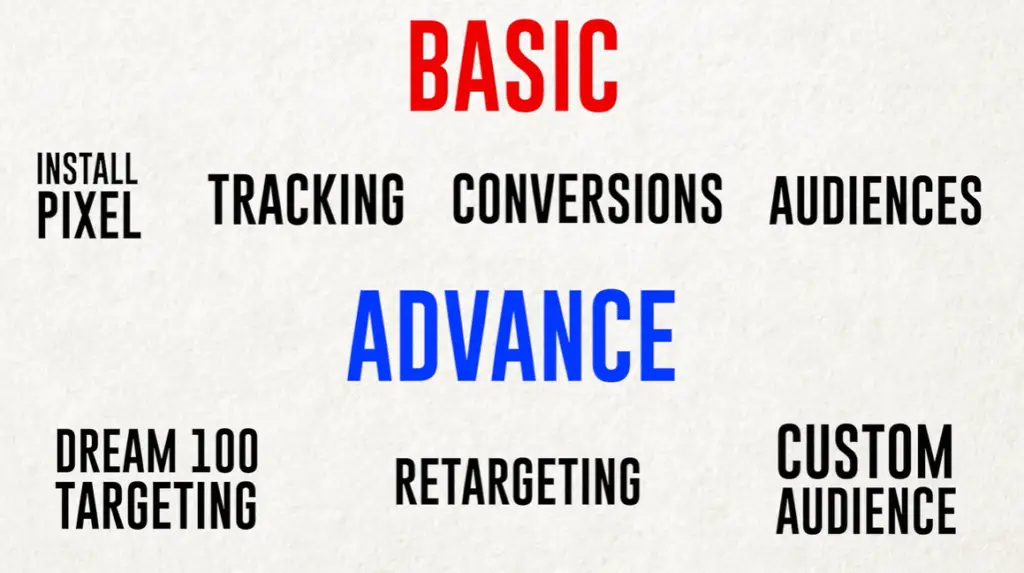
Scaling Campaigns Like a Pro – Grow Without Burning Cash
Once your funnel is working, scale it using five methods:
Audience Scaling – Add more interest-based or lookalike groups.
Broad Scaling – Let Facebook auto-optimize with minimal targeting.
Budget Scaling – Increase spend 10–20% every few days.
Location Scaling – Expand into new regions or countries.
Campaign Duplication – Let Facebook algorithm test similar setups.
Also explore objectives beyond conversions: traffic, video views, engagement.
Conclusion
Mastering Facebook Ads isn’t about hacks. It’s about strategy, tracking, and structure. Once you install your pixel, set up retargeting, and speak directly to the right audience, your ad spend starts working for you—not against you.
If you found this guide helpful, subscribe to the video below and leave a comment with your biggest takeaway.
Tools Mentioned
Marketing & Tracking:
Facebook Ads Manager: Core dashboard to create/manage campaigns.
Facebook Pixel: Tracks website visitor actions.
Facebook Events Manager: Manage event tracking & pixel setup.
Facebook Pixel Helper (Chrome Extension): Verifies pixel is installed correctly.
Funnel Builders:
ClickFunnels: Funnel builder used in the tutorial.
WordPress/Shopify: Common CMS platforms supported.
Targeting & Audience Tools:
Custom Audiences: Retarget based on behavior.
Lookalike Audiences: Expand reach with algorithmic matching.
Dream 100 List: A manual strategy to define top influencers and pages to target.
Mastering Facebook Ads: From Beginner to Expert
Mastering Facebook ads involves a structured journey, typically broken down into three key stages: Beginner, Advanced, and Expert. This framework provides a clear path, emphasizing that each level builds upon the previous one. Even experienced marketers are advised not to skip the foundational Beginner stage to ensure a strong campaign basis. The ultimate goal is to move from understanding the basics to implementing advanced strategies, and finally, scaling successful campaigns for maximum return.
Phase 1: The Beginner Level – Building the Foundation

The Beginner level focuses on establishing the essential tracking and initial audience understanding required for any successful Facebook ad campaign.
- Install the Facebook Pixel: This is the fundamental first step. The pixel is a piece of code that allows Facebook to track visitors and their actions on your website, pages, or funnels. It provides insights necessary for creating specific ads based on audience behavior.
- Navigate to the Facebook Ads Manager and find the Events Manager section where pixels are located.
- Select “set up” and choose to “manually install Pixel code to website”.
- Facebook will provide a code; copy this entire code.
- Go to the system you use to publish your pages (like WordPress, Shopify, or Click Funnels). Find the “head tracking code” section (this may vary slightly by platform).
- Paste the copied Facebook Pixel code into this section. This process is described as simple, with no programming involved. Once pasted, the entire website or funnel will have the tracking code.
- Verify Pixel Installation: Use the free Google Chrome plugin called Pixel Helper.
- Search for “Pixel Helper” on Google and install the plugin on your Chrome browser.
- When you visit a page where you’ve installed the pixel, click the Pixel Helper icon. It will indicate if your Facebook Pixel has been detected. This confirms correct installation.
- Set Up Conversion Tracking: While the pixel tracks interactions generally, its primary job at this level is to track conversions.
- A conversion is a desired action, such as a purchase, webinar registration, booking an appointment, or lead registration.
- You need to set up a specific event code from Facebook.
- Paste this event code onto the “thank you page” or the page a user reaches immediately after completing the desired conversion in your sales process. For example, for a webinar registration, place the code on the page shown after someone registers. This tells Facebook how much you are paying for that specific conversion. The type of event code will depend on your business and its goals (e.g., “add to cart,” “purchase,” “complete registration”).
- Understand Conversions Based on Your Sales Process: While not strictly mandatory to track every step initially, understanding your sales process and knowing where key conversions occur allows for better analytics.
- Begin Building Warm Audiences: The installed pixel automatically starts tracking and building an audience of people who interact with you, such as those who visit your site, watch your videos, or engage with your content. This is the start of your warm audience.
- Target Cold Audiences: At the beginner stage, you’ll start targeting people who do not yet know you.
- Utilize Facebook’s vast data to target based on Interests (e.g., specific authors, topics, organizations, or even software).
- Target based on Behaviors.
- Target based on Demographics like location and age.
- Consider targeting friends of your existing fan page fans.
- Select the Conversions Objective: When launching your first campaigns, the recommended objective is Conversions. This is considered the “holy grail”. By optimizing for conversions, you explicitly tell Facebook what desired action you want people to take, and Facebook uses its data to find users most likely to complete that action at the lowest cost.
Understand Initial Ad Spend as Investment: Be prepared that the first $500 to $1000 spent in a new market is often primarily an investment in acquiring Facebook data and maturing the pixel. A matured pixel provides more specific data, leading to better-performing ads over time.
Phase 2: The Advanced Level – Leveraging Data and Audiences
Building on the foundation of tracking and basic targeting, the Advanced level focuses on more sophisticated audience strategies.
- Implement Dream 100 Targeting: This involves creating highly specific ads tailored to the followers of influential figures, organizations, or software platforms relevant to your market – your “Dream 100”. Instead of lumping many interests together, run targeted ads with messaging that resonates directly with a single Dream 100 audience, bridging their existing interest to your offer. This laser focus can reduce ad costs and improve results.
- Set Up Retargeting: Target individuals who have already interacted with your business online. This is possible because the pixel has been tracking them. Retargeting is often highly effective because you’re reaching a warmer audience.
- Create Custom Audiences: Define specific groups of people who have engaged with your business across various platforms.
- Based on Website Traffic: Create audiences of people who visited specific pages on your site. Critically, create custom audiences for every step of your sales process. For example, an audience of people who visited a landing page but didn’t visit the subsequent thank you page.
- Based on Engagement: Create audiences of people who have engaged with your Facebook or Instagram content (e.g., liked, commented, shared, watched a certain percentage of a video).
- Based on Customer/Lead Lists: Upload your existing customer lists or lead lists (emails, phone numbers) to create custom audiences of these valuable groups.
- Based on Live Event Attendees: If applicable, use lists from events to create custom audiences.
- Implement Funnel-Based Retargeting Ads: Use the custom audiences created from your sales process steps to run specific retargeting ads. The ad message should be tailored to where the person is in the funnel, encouraging them to take the next desired action. These ads, targeting smaller, highly relevant audiences, can be very inexpensive and yield high returns. Social proof and testimonials are particularly effective for retargeting.
- Create Lookalike Audiences: Once you have valuable custom audiences, create lookalike audiences to find new people on Facebook who are similar to your best customers, leads, or engagers.
- The principle is “gold in, gold out”. High-quality source audiences (like buyers) yield high-quality lookalike audiences.
- Prioritize sources from “hottest” to “coldest”: Buyers List > Leads List > Website Visitors (especially high-value pages) > Video Viewers (by percentage) > Page Engagers/Fans.
- Create different lookalike audiences based on these various sources to expand your reach to relevant new prospects.
Phase 3: The Expert Level – Scaling for Growth
The Expert level is reached when your campaigns are profitable and ready to increase spend strategically to maximize returns. Scaling relies on a matured pixel with sufficient data.
- Choose Scaling Methods: There are broadly five ways to scale a campaign:
- Audience Scaling: Target a greater number of audiences or adopt a broader approach in audience selection.
- Broad Scaling: A high-risk strategy primarily for mass-appeal Business-to-Consumer (B2C) offers. You give Facebook minimal targeting constraints (sometimes just location and demographics) and let the algorithm find the cheapest conversions using its vast data.
- Budget Scaling: Strategically increase your campaign budget, such as by about 10% every five days.
- Location Scaling: Expand your targeting to new geographic areas, potentially different cities or countries.
- Duplicating Campaigns and Ads: A straightforward method where you copy successful campaigns and ad sets, allowing Facebook’s algorithm to manage the scaling based on performance.
- Scale with Lookalike Audiences: Continue leveraging and expanding lookalike audiences based on your high-value custom audiences. As you acquire more customers, leads, and website traffic, regularly update and create new lookalike audiences from these growing sources to find more similar people.
- Evolve Campaign Objectives (Selectively): While Conversions remain the primary objective for most profitable campaigns, some mature, highly profitable retargeting campaigns might shift to the Traffic objective simply to drive the maximum number of clicks. Furthermore, once you have profitable campaigns, you can invest in front-end objectives like Video Views, Engagement, Brand Awareness, or Reach. These objectives might not be directly profitable but serve to build large warm audiences (e.g., video viewers, engagers) that can then be effectively retargeted later, contributing to the overall scaling strategy.

In conclusion, mastering Facebook ads is a systematic process that requires diligent attention to detail at each stage. Beginning with pixel installation and basic tracking lays the groundwork. Progressing to advanced strategies like Dream 100 targeting, sophisticated retargeting via custom audiences segmented by sales funnel steps, and creating high-quality lookalike audiences builds momentum. Finally, the Expert level focuses on strategically scaling profitable campaigns through various methods and evolving objective usage to maximize reach and revenue.

